We do a lot of sanding for our small-boat restorations and builds, and have relied upon a shop vacuum to collect dust. It does the job but leaves us with bags to empty and filters to clean or replace, which is messy and costly. That changed when we bought an Oneida Dust Deputy cyclone separator to collect the dust on its way to the Shop-Vac. The device uses the centrifugal force of a cyclonic airflow to separate dust and heavier particles, drops the debris into a collection bucket, and sends cleaned air to the vacuum. The collection bucket is easy to empty, and we can use the Shop-Vac without the HEPA bags and even without them, the filter rarely needs to be cleaned.
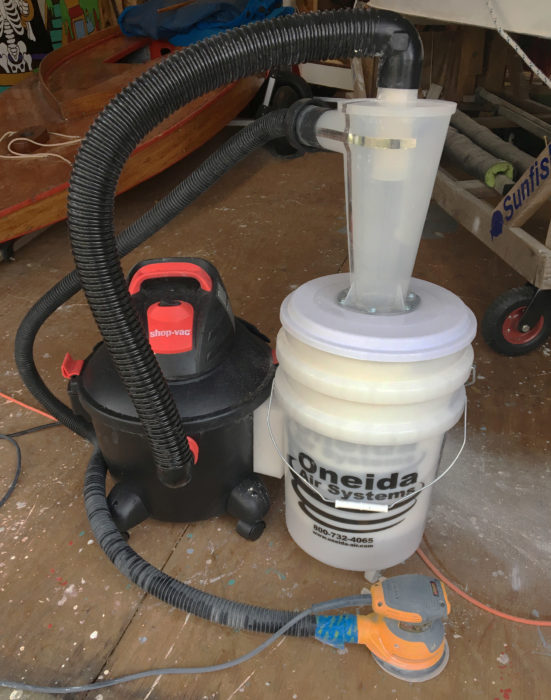 Photograph by the authors
Photograph by the authorsThe kit for the Dust Deputy includes a pair of 5-gallon buckets: one to gather dust or even water, and another nested below it that has casters and an attachment to the Shop Vac so the whole system can move as one unit.
We bought an Oneida “deluxe kit” that includes the cyclonic separator, a 3′ hose with two elbow adapters, and two 5-gallon buckets, one to collect dust, the other, equipped with casters, to be connected to the Shop-Vac as a “sidecar” to carry the other bucket. The cyclonic separator can also be purchased separately for attachment to different collection buckets and or to fit to larger collection bins. After attaching the sidecar with the hardware provided, we used our ShopVac hose to connect the Dust Deputy to our various sanders, thickness planer, crevice tool, bristle brush, and floor brush.
The Dust Deputy easily handled sanding two coats of epoxy paint off a Sunfish, and when we were finished we had filled about one-quarter of the 5-gallon bucket with dust and had very little material inside the Shop-Vac. For another job, we ran some cypress through a thickness planer, and without the Dust Deputy, the Shop-Vac would have filled a disposable bag almost immediately; with the Dust Deputy we easily collected and emptied the 5-gallon bucket of shavings.
We continue to use the HEPA filter in our Shop-Vac without the HEPA bags to keep the air as clean as possible and have noticed a visible reduction in dust around our shop. Since the filter doesn’t get caked with dust, the vacuum always pulls with full power. We get excellent performance cleaning up the sawdust, wood chips, and other debris that collects on the floor. Any debris that can pass through the 2″ hose, things like pine needles and small leaves and the occasional wood screw, can get through the cyclone. There are no moving parts to reduce airflow or to damage, and the parts are easy to rinse off.
The small Dust Deputy kit, attached to the Shop-Vac, is mobile, and we move it all around our shop and outdoors. It took a few minutes to get used to the extra bucket following the Shop-Vac around, but the superior air quality and cleaner work environment are well worth it. Many folks build a cart and stack the Dust Deputy over their vacuum for a smaller footprint, and to keep all the attachments together.
The Shop-Vac bags are no longer needed, the filter will very rarely have to be replaced, and the Dust Deputy will pay for itself with the savings. We are having fun using it and appreciate the better dust removal, freedom from cleaning the filter, and higher-capacity debris collection.![]()
Kent and Audrey Lewis mess about in small boats on the Emerald Coast of Florida. Their blog can be found at smallboatrestoration.blogspot.com.
The Dust Deputy Deluxe Cyclone Separator Kit is available from Oneida Air Systems for $99.95. The kist is also sold by online andOneida’s selected international retailers.
Is there a product that might be useful for boatbuilding, cruising, or shore-side camping that you’d like us to review? Please email your suggestions.
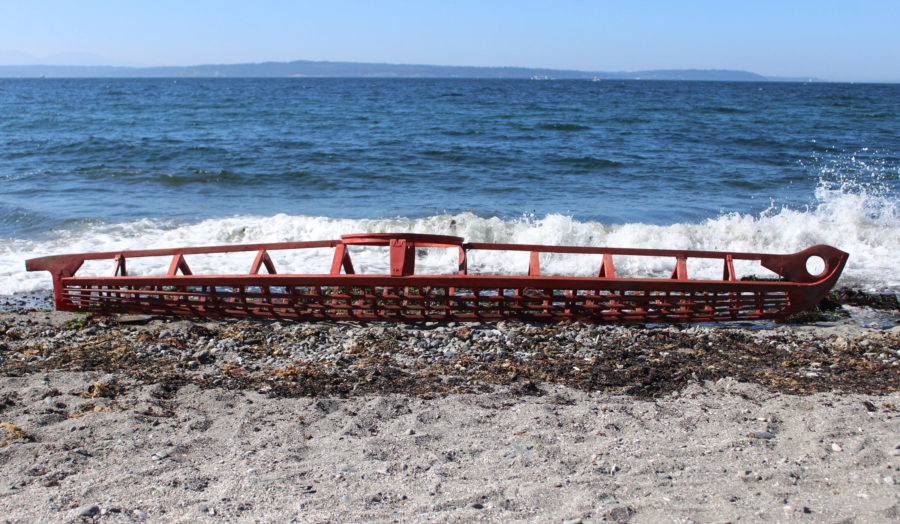
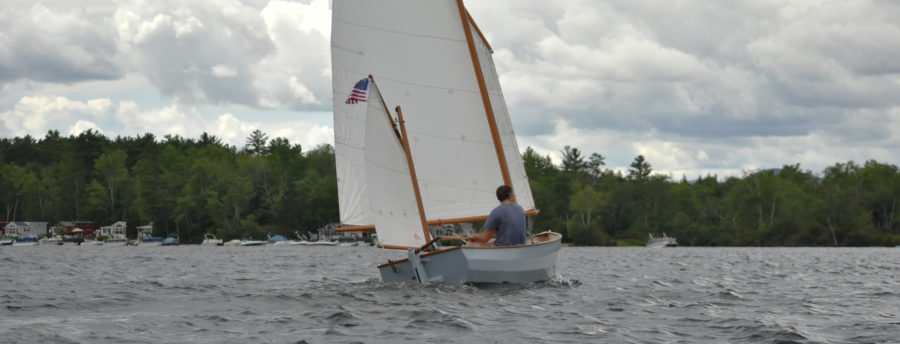

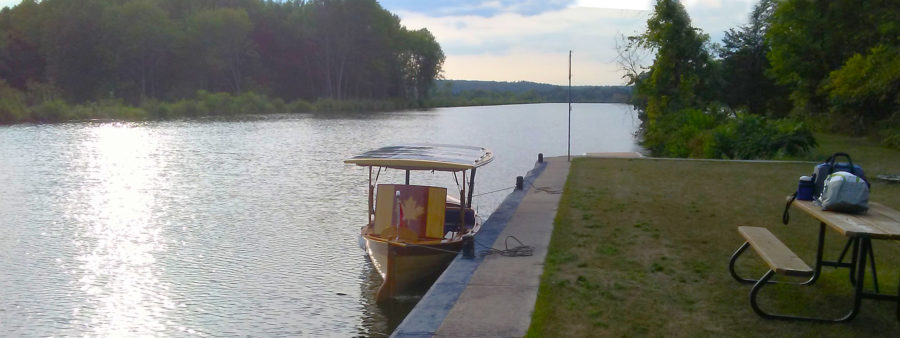
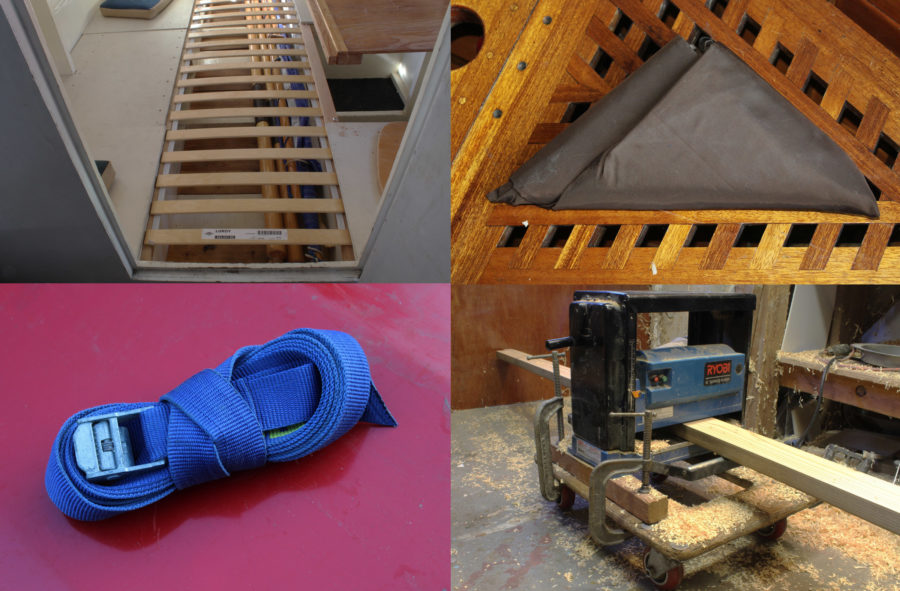
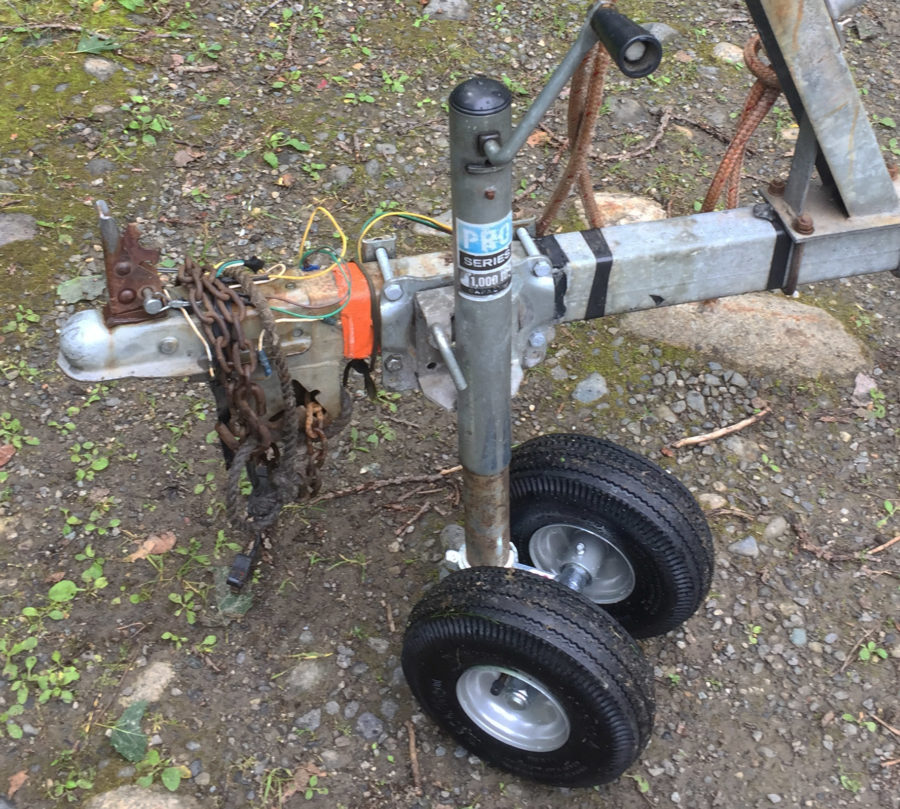
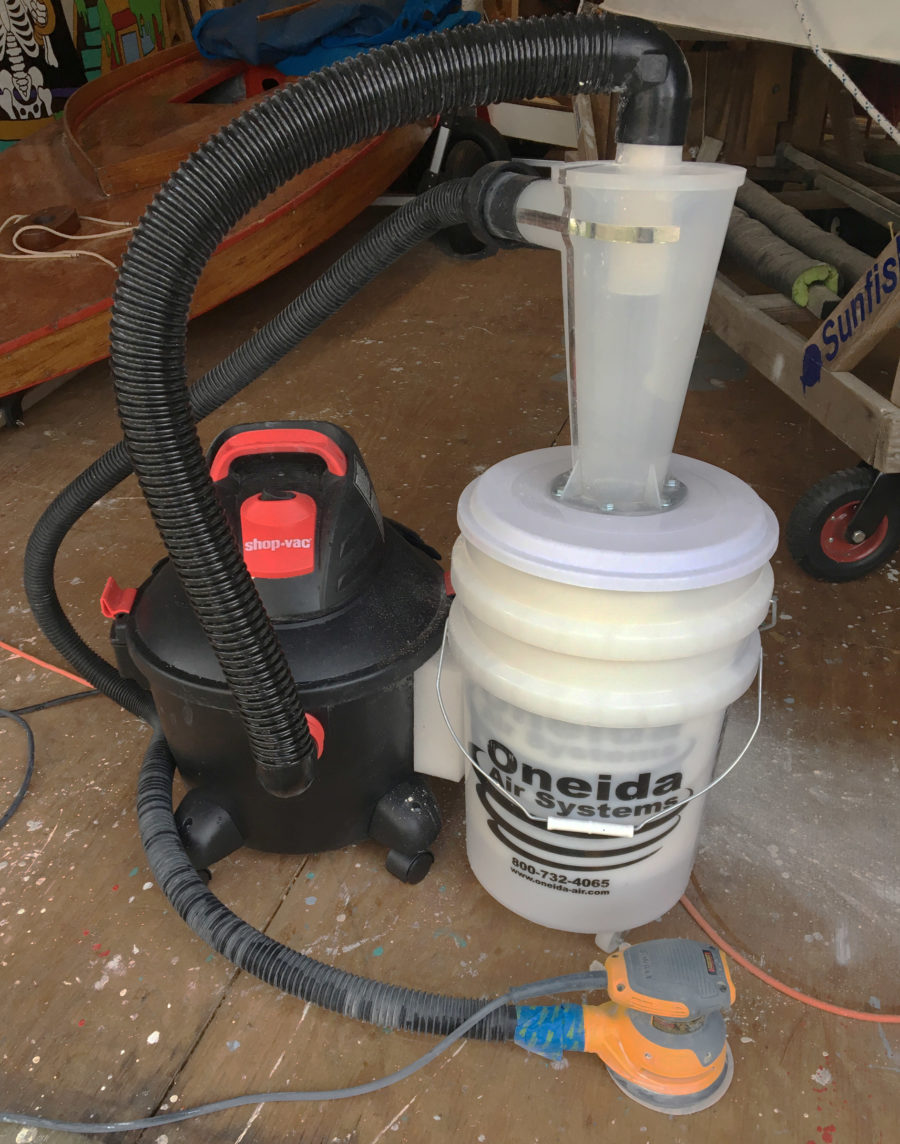
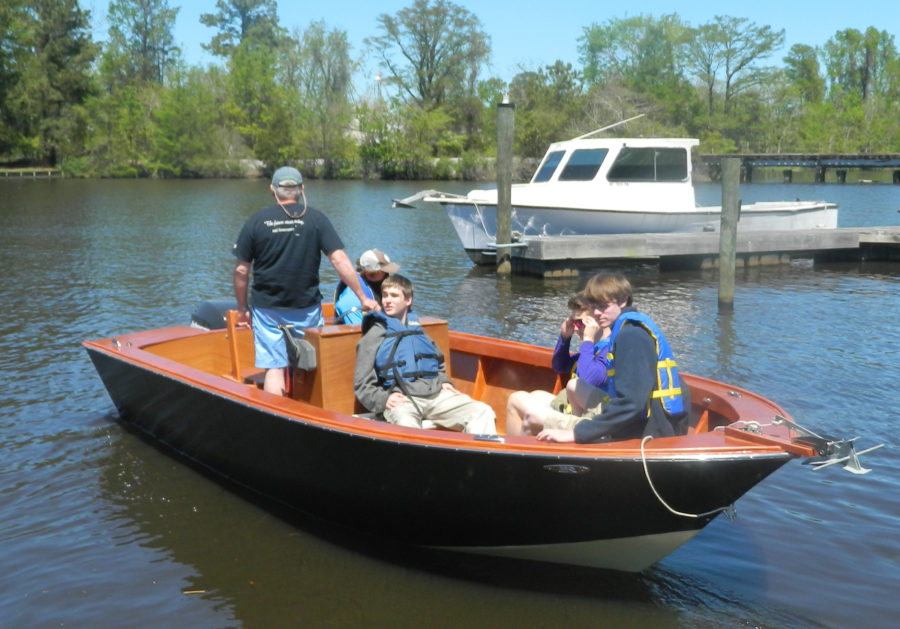
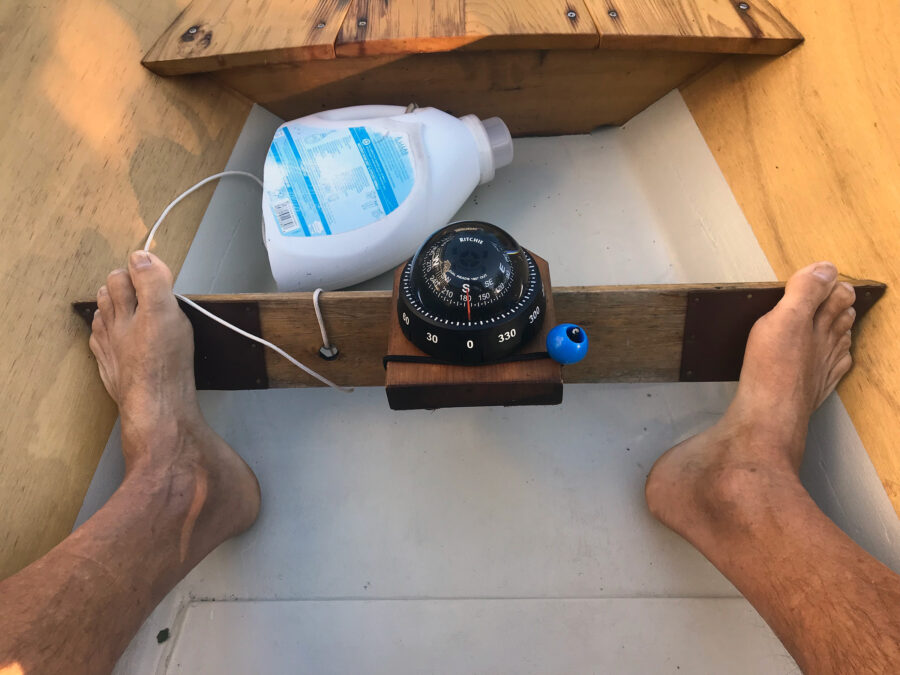
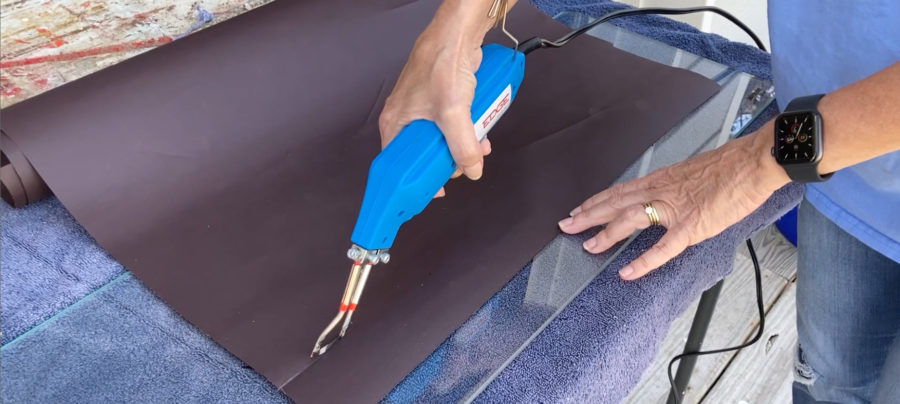
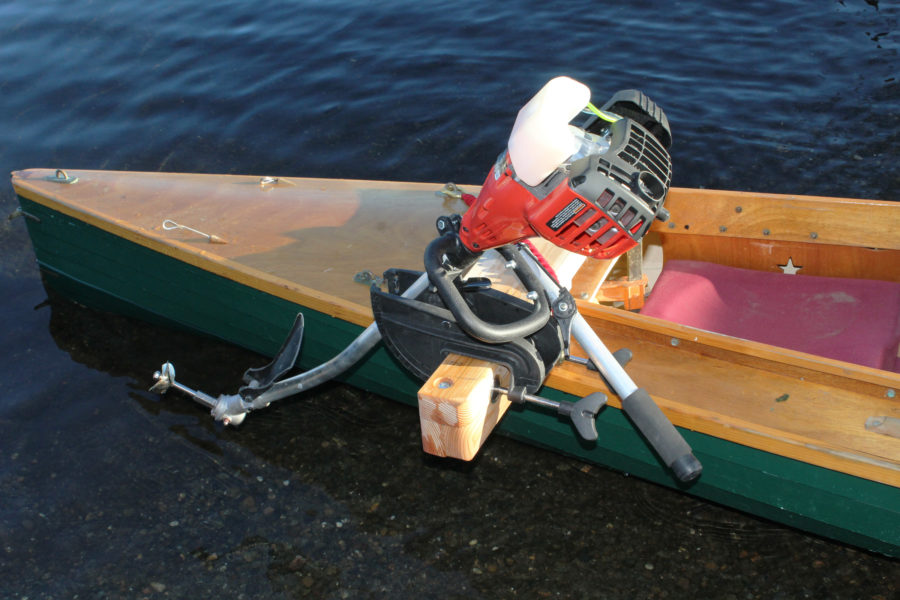
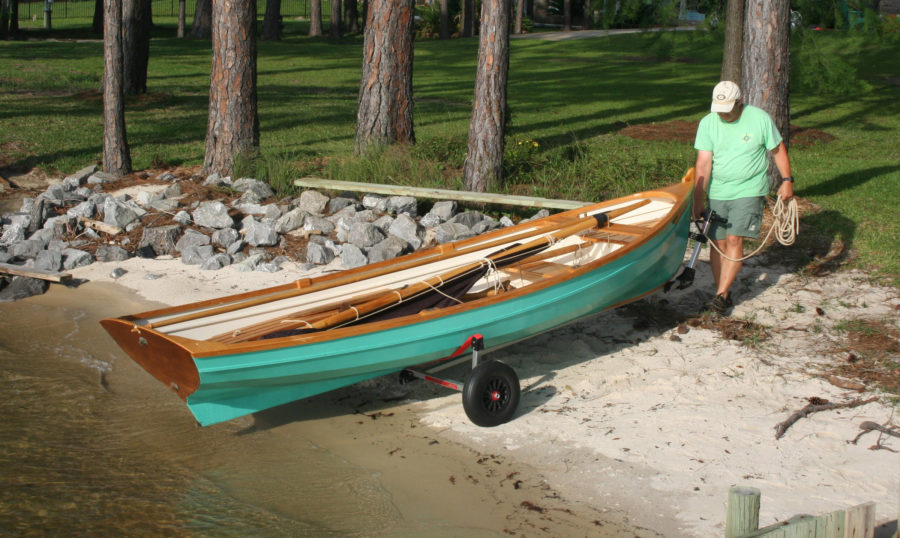
I love my Dust Deputy too. My only complaint was that the system of attaching it to the shopvac was not very stable and when I pulled, it too often fell over. I found some excellent plans from Woodsmith Plans for a cart that holds both. Works great and I highly recommend it.
I’ve owned one of these units for several years, and I love it. I no longer have to continuously clean the fine dust out of the filter in the shop vac to keep it working properly. I had the same stability issue that Ian mentioned, and I built a simple four-wheeled cart large enough for both the the dust collector and shop vac.
It’s an amazing coincidence that I had just stopped from using a homemade version of this system on my back deck, that I’m sanding the fix-all filler in prep for a elastameric coating, to answer the phone, and while talking I found this article. I just opened the vacuum and it is completely clean inside. These systems are well worth the investment in filters lasting nearly for ever to make it a no brainer. I only wish I had known about this 50 or 60 years ago.